
Improving athletic performance isn’t just about talent—it’s about strategy, consistency, and making the right choices for your body and mind.
Whether you’re a seasoned athlete or just starting out, optimizing your performance can help you push past plateaus, achieve personal records, and enjoy your sport more fully.
From fine-tuning your training routines to prioritizing recovery and nutrition, there are actionable steps anyone can take to level up their game.
In this guide, we’ll explore proven tips and strategies to help you unlock your full potential and perform at your best. Let’s dive in!
Why Foot Support Matters for Peak Athletic Performance?
Think of your feet as the base of a building. Without a stable foundation, everything above becomes compromised. Proper foot support ensures your body stays aligned, improving posture and movement mechanics. This stability translates to more efficient and powerful movements, whether you're running, jumping, or lifting.
Athletes are no strangers to injuries like plantar fasciitis, shin splints, and joint pain. These are often caused by poor alignment or overuse due to inadequate foot support. Wearing the right footwear or using supportive insoles can prevent unnecessary strain on muscles and tendons, keeping you in the game longer.
Without proper foot support, your body expends extra energy to compensate for imbalances or misalignment. This inefficiency can lead to faster fatigue and reduced performance. Supportive footwear allows your feet and legs to work harmoniously, maximizing energy transfer and power output.
Different sports require specific types of foot support. For example, runners benefit from arch support and shock absorption, while basketball players need lateral stability for quick cuts and jumps. Choosing sport-specific footwear enhances performance and protects against sport-related stress on your feet.
Having the right foot support doesn’t just impact your physical capabilities—it boosts your confidence. Knowing your feet are well-supported allows you to focus on your performance without worrying about discomfort or potential injuries.
The Role of Proper Footwear in Boosting Your Athletic Ability
Correcting Gait Issues: Insoles can help correct biomechanical imbalances such as overpronation (excessive inward rolling of the foot) or supination (excessive outward rolling). By addressing these issues, insoles improve gait efficiency, reducing wasted energy and improving power transfer during movement.
Enhanced Stability: Proper arch support and heel stabilization provided by insoles improve overall stability and balance, allowing for quicker and more decisive movements, crucial in sports like basketball, tennis, and soccer.
Shock Absorption: Insoles with effective cushioning materials can absorb shock during impact activities like running and jumping, reducing stress on joints and minimizing the risk of injuries like plantar fasciitis, shin splints, and stress fractures.
Improved Propulsion: By providing a stable and supportive base, insoles can enhance propulsion during activities like sprinting and jumping. This allows athletes to generate more power with each stride or jump, leading to improved performance.
Reduced Energy Expenditure: By minimizing energy wasted on compensating for poor foot mechanics, insoles can help athletes conserve energy and maintain peak performance for longer durations.
Reduced Foot Pain: By providing cushioning and support, insoles can alleviate foot pain and discomfort, allowing athletes to focus on their performance rather than on their feet.

How Insoles Can Help Maximize Your Performance?
Insoles are designed to provide better alignment for your feet, ankles, and legs.
This added support can improve your posture and form, giving you the solid foundation needed for explosive movements or sustained endurance.
Whether you're running, jumping, or lifting, your feet absorb a significant amount of impact with every step.
Insoles with advanced cushioning materials, such as gel or memory foam, reduce the stress on your feet, knees, and hips. Choose PCSsole Running Flexible Performance insoles not only protect you from fatigue but also help you maintain peak energy levels during prolonged activity.
Generic shoes may not perfectly match your foot shape, but Running Flexible Performance insoles can bridge that gap. Custom or semi-custom insoles mold to your feet, providing personalized support and comfort.
This tailored fit minimizes friction and hotspots, reducing the risk of blisters and allowing you to stay focused on your performance instead of discomfort.
Whether you're a runner, basketball player, weightlifter, or hiker, insoles can be tailored to your specific needs.
Insoles for high-impact sports prioritize shock absorption, while those for weightlifting offer firm support to enhance stability. This versatility makes them a valuable tool for athletes across all disciplines.

Top Exercises for Improving Foot Strength and Agility
Here are some top exercises to improve foot strength and agility:
Toe Curls:
How-to: Sit or stand. Curl your toes downward towards your feet, as if trying to grab the floor. Hold for 5 seconds, then release.
Benefits: Strengthens the intrinsic muscles of the foot, improving balance and stability.
Toe Spreads:
How-to: Spread your toes as wide as possible, holding for 5 seconds. Then, bring them back together.
Benefits: Improves flexibility and range of motion in the toes.
Marble Pick-up:
How-to: Place marbles on the floor. Use your toes to pick them up one by one and place them in a container.
Benefits: Improves dexterity, coordination, and foot strength.
Towel Scrunches:
How-to: Place a towel on the floor. Use your toes to scrunch up the towel towards you.
Benefits: Strengthens the muscles of the feet and improves grip strength.
Arch Lifts:
How-to: Stand with your feet hip-width apart. Slowly rise onto the balls of your feet, holding for a few seconds. Then, slowly lower your heels back to the ground.
Benefits: Strengthens the arches of the feet and improves balance.
Balance Exercises:
How-to: Stand on one leg, holding onto a chair or wall for support if needed. Gradually increase the time you can balance on one leg.
Benefits: Improves balance, coordination, and proprioception (awareness of your body's position in space).
The Importance of Stretching and Warm-Up for Athletic Success
Stretching increases the flexibility of your muscles and joints, allowing for a greater range of motion during physical activities.
Flexible muscles can move more efficiently, reducing stiffness and improving overall performance. Dynamic stretches, in particular, can mimic the movements of your sport or workout, ensuring your body is primed for action.
A proper warm-up, often consisting of light aerobic exercises, increases your heart rate and promotes blood flow to your muscles.
This ensures that oxygen and nutrients are delivered efficiently, preparing your muscles for the demands of your workout. Improved circulation also helps remove waste products like lactic acid, which can contribute to fatigue.
Cold, tight muscles are more prone to strains, sprains, and tears. Warming up gradually raises muscle temperature, making them more pliable and less susceptible to injury.
Stretching further alleviates tension in muscles and tendons, reducing the likelihood of overuse injuries.
Stretching and warm-ups aren’t just about physical readiness—they also prepare you mentally. These routines allow you to focus, visualize your goals, and enter a performance mindset. Taking time to stretch and warm up can calm pre-game nerves and boost confidence.
How to Prevent Injury and Improve Performance with the Right Gear?
Footwear
Fit: Shoes must fit well, ensuring that there is enough space for the toes but not too loose.
Support: Choose shoes that provide adequate support according to the type of sport, such as running shoes that need to have good cushioning and support functions.
Functionality: Different sports have different requirements for shoes. Choose shoes designed for specific sports, such as basketball shoes, football shoes, etc.
Insoles
Customized insoles: According to the shape of the arch and sports needs, customized insoles can provide better support and shock absorption, reducing the risk of sports injuries.
Functional insoles: For different sports and foot problems, you can choose insoles with specific functions, such as arch support, shock absorption, gait correction, etc.
Replacement cycle: Replace the insole regularly to maintain its good support and shock absorption performance.
Protective equipment
Helmet: For contact sports and cycling, helmets are essential, which can effectively protect the head from serious injuries.
Knee pads, elbow pads, and wrist guards: These pieces of equipment can protect joints and reduce the risk of sprains and abrasions.
Protective gear: Choose the right protective gear for your sport, such as football shin guards or boxing gloves.
Sportswear
Breathability: Choose sportswear with good breathability to help keep your body cool and improve your performance.
Fit: Sportswear should fit well without affecting your movements while providing enough room for movement.
Other equipment
Goggles: For some sports, such as tennis and squash, goggles can protect your eyes.
Mouthguard: For contact sports, mouthguards can protect your teeth.
Compression clothing: Compression clothing can improve blood circulation in muscles, reduce muscle soreness, and speed up recovery.
Choosing the right equipment is key to improving performance and preventing sports injuries. By choosing the right insoles, shoes, protective gear, and sportswear, you can better protect yourself and reach your full athletic potential.


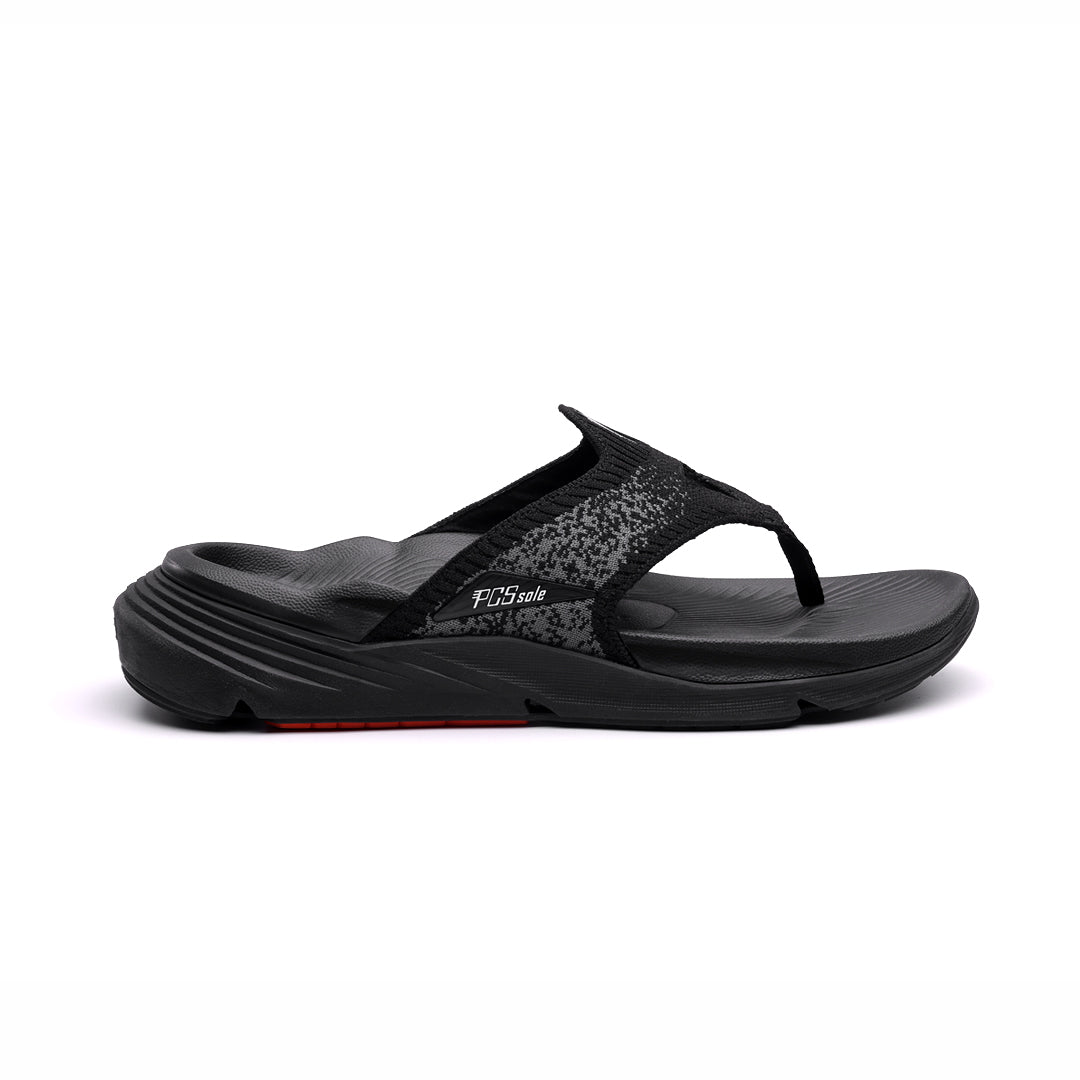

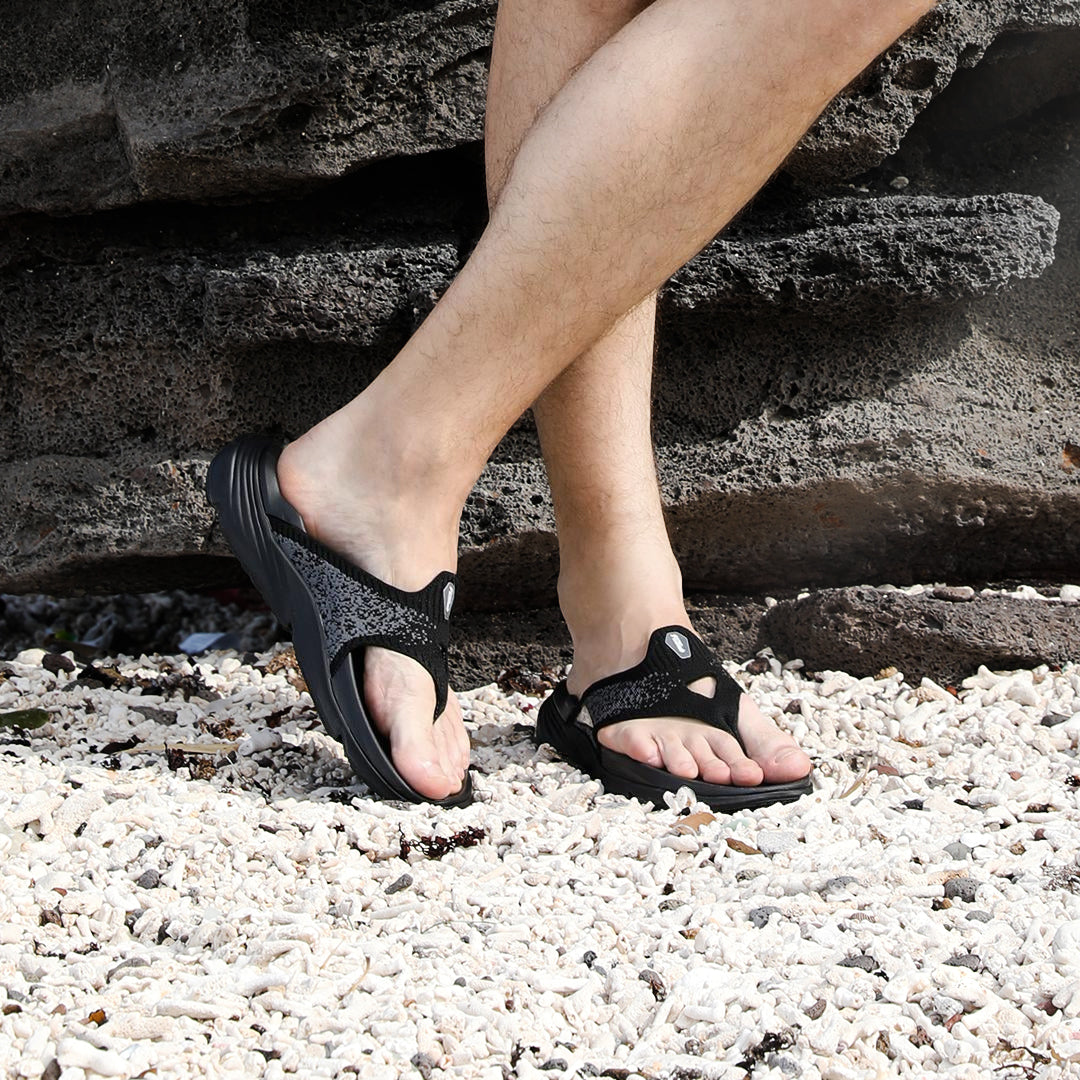
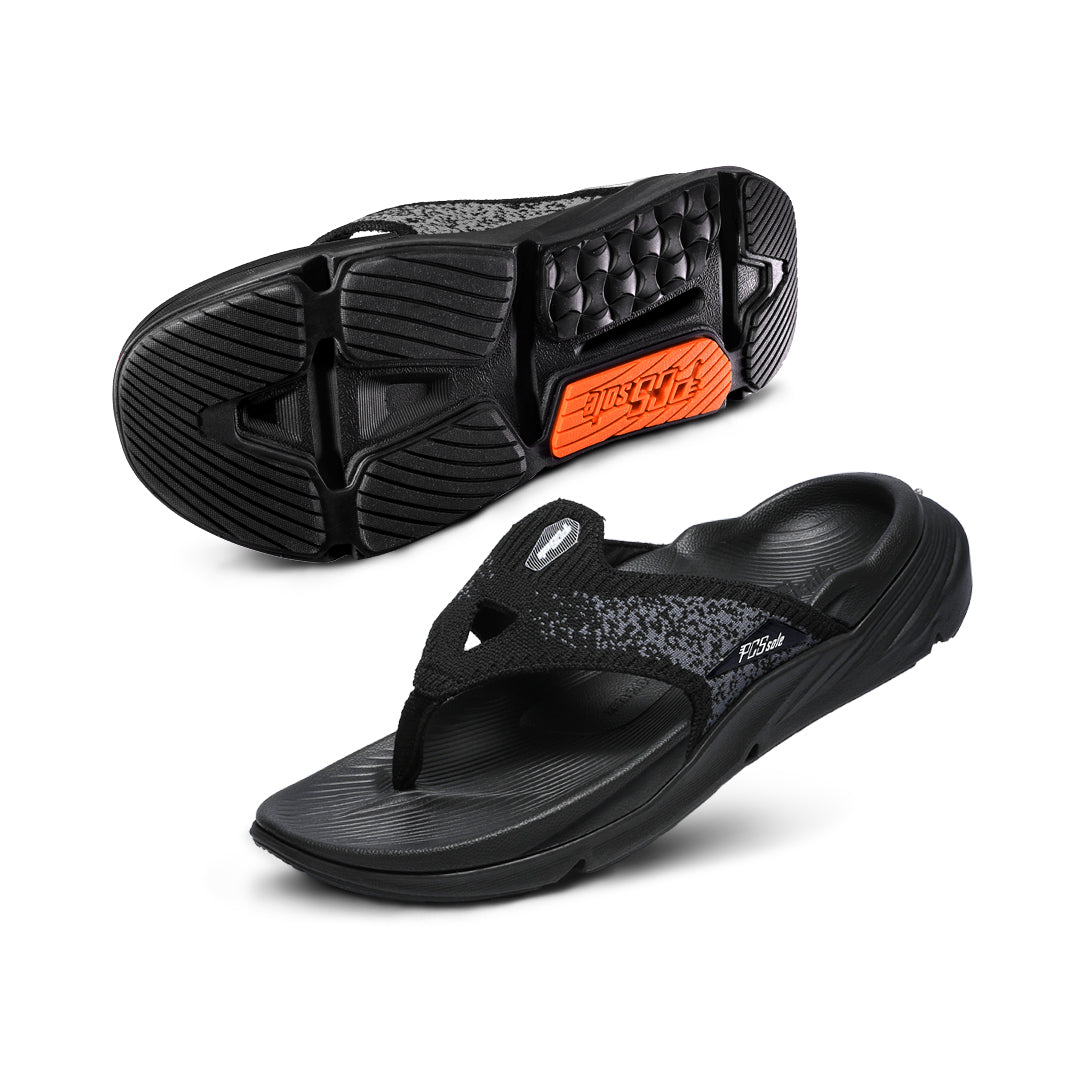
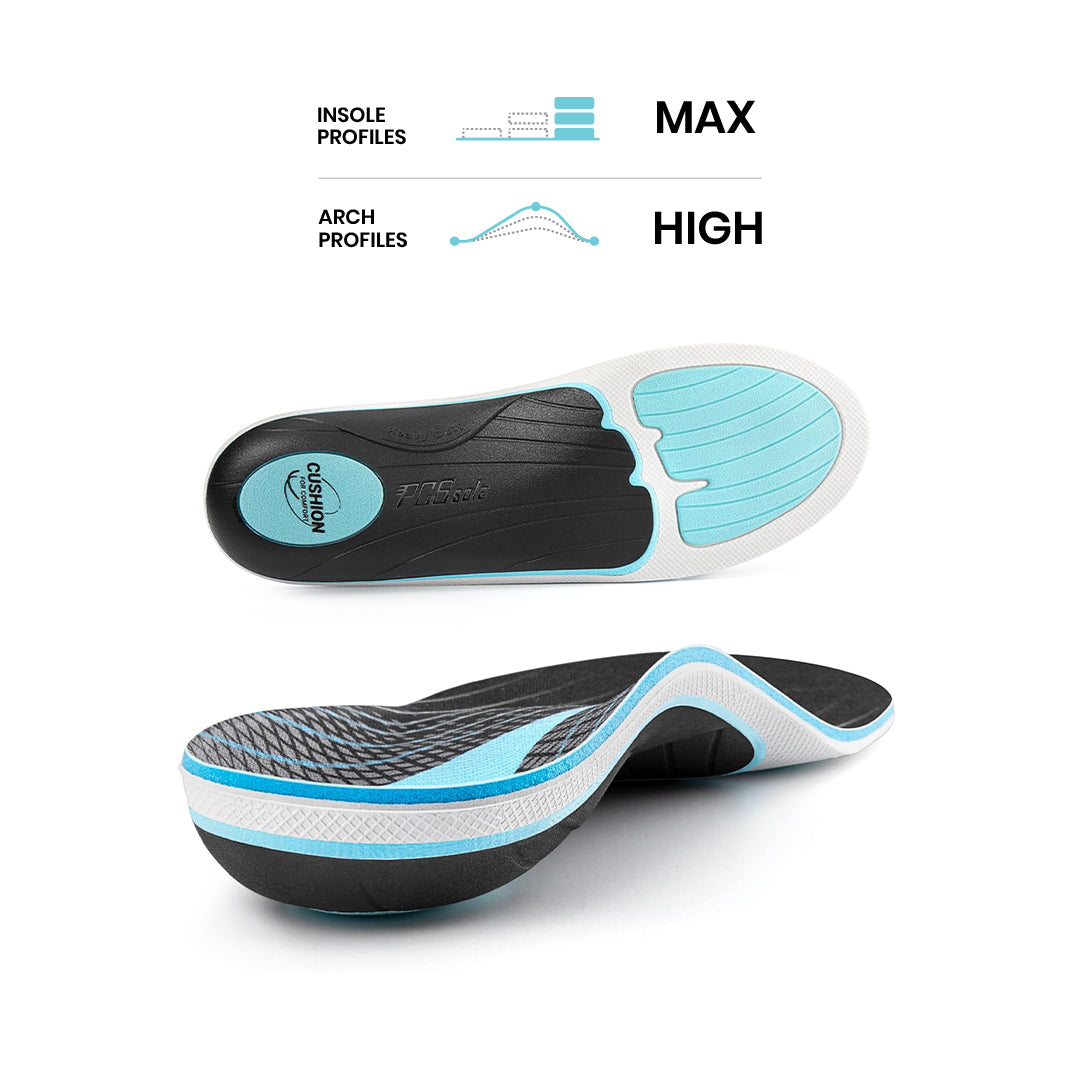
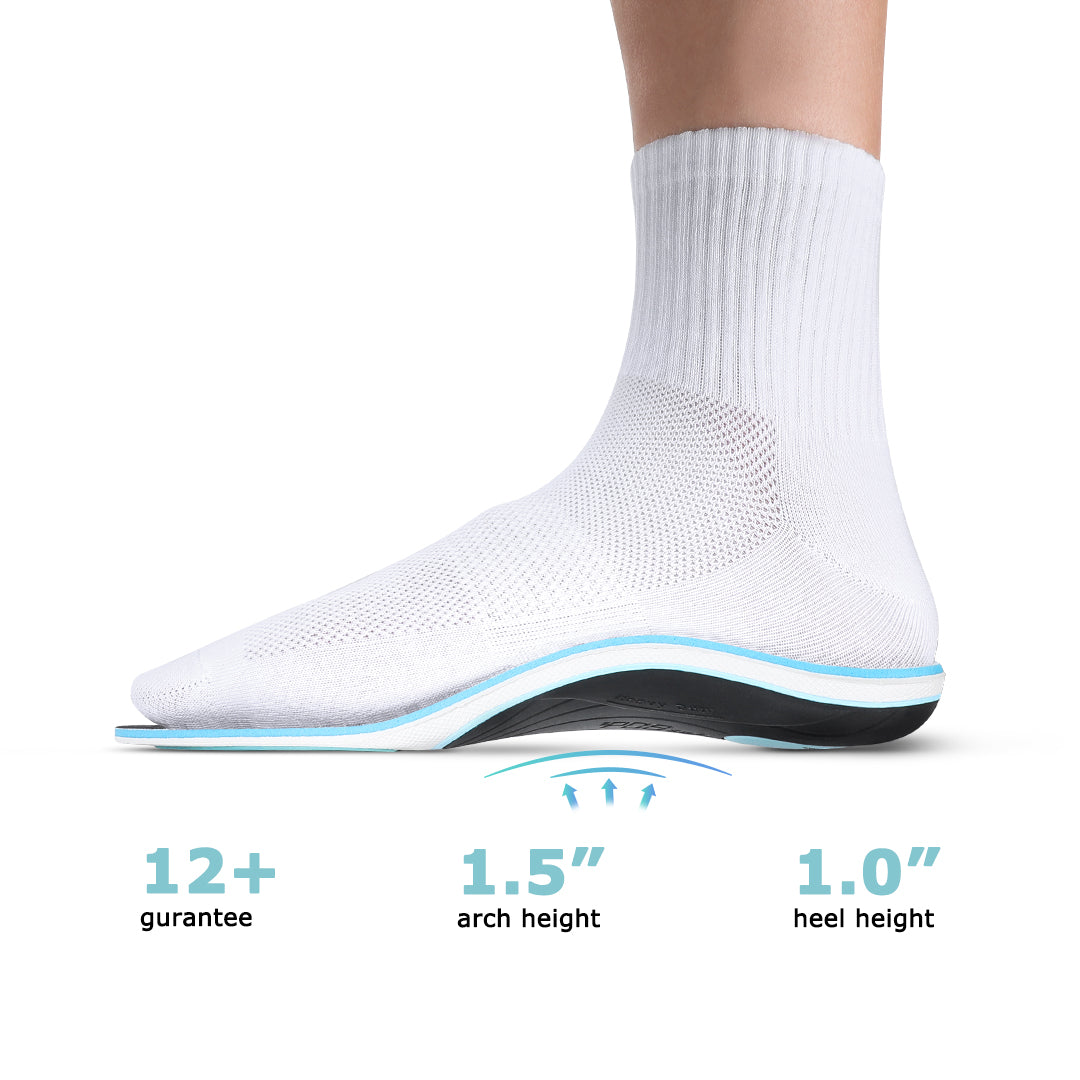
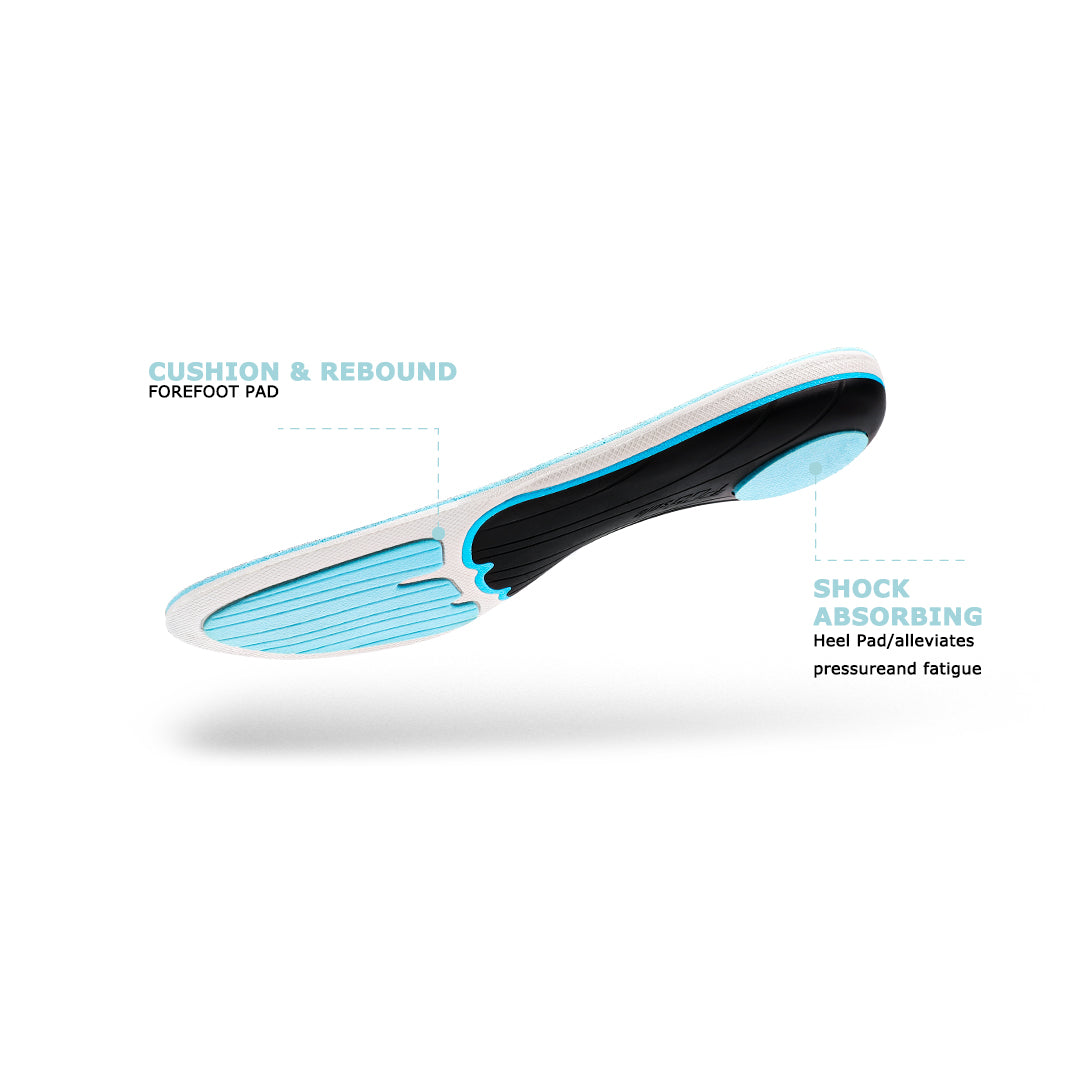
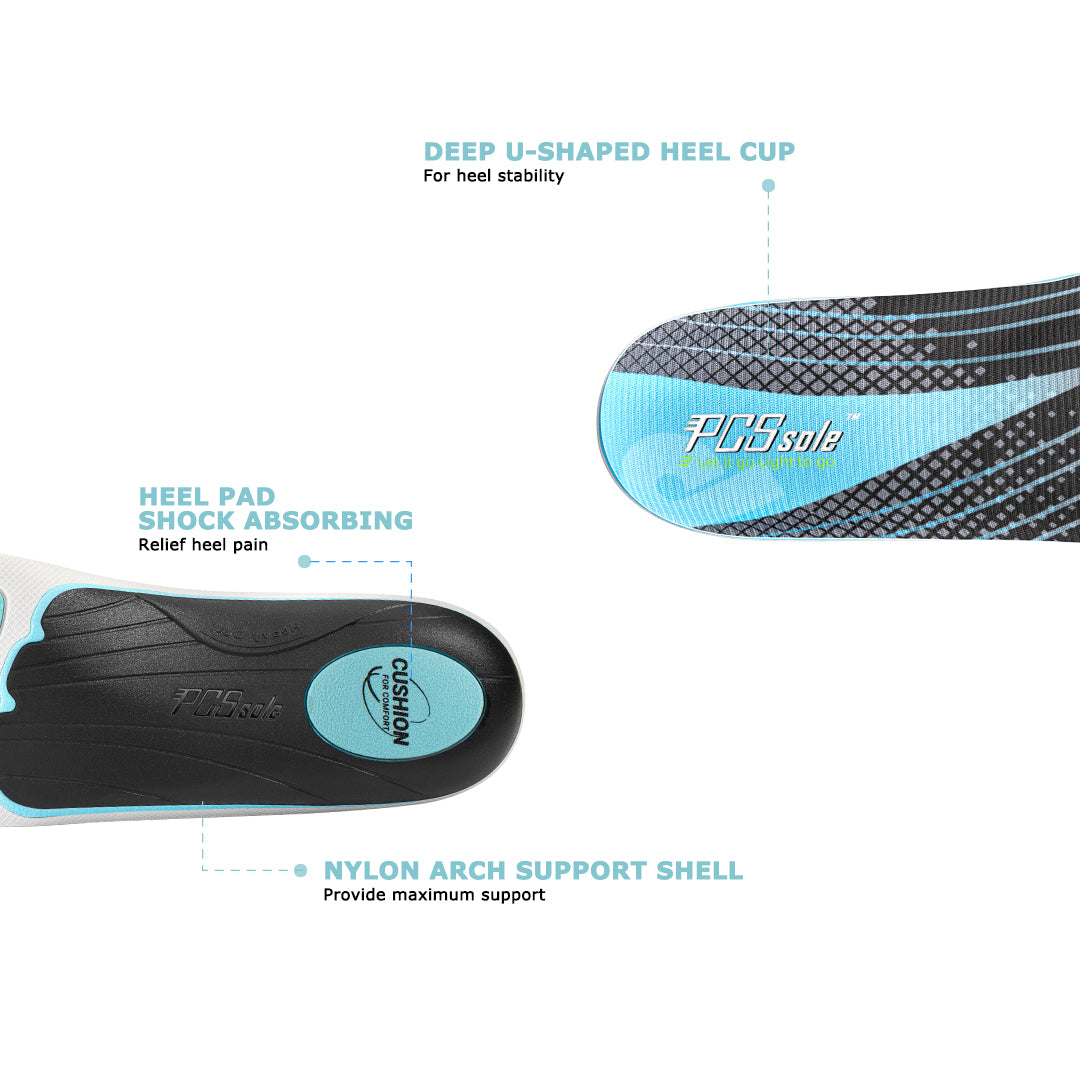
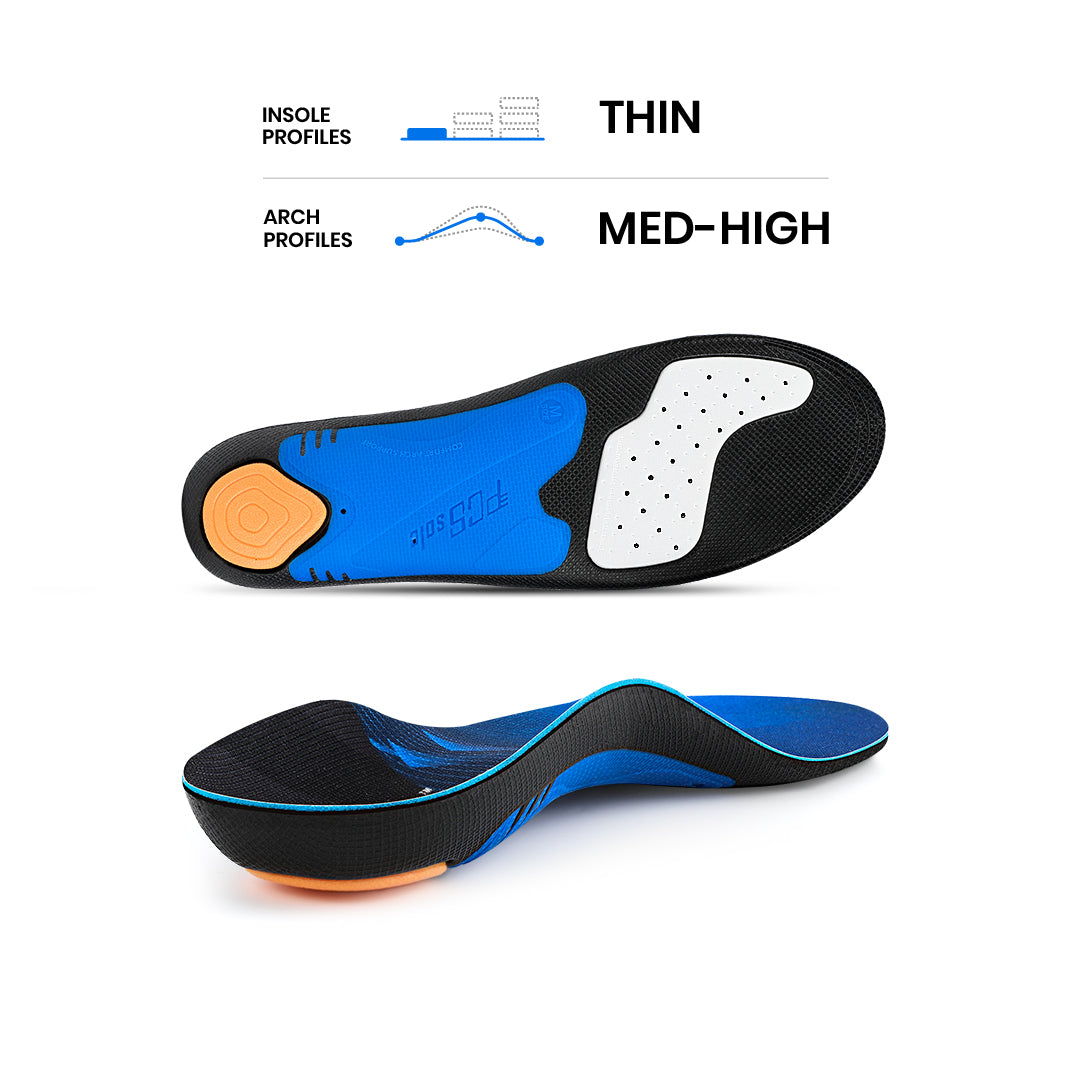
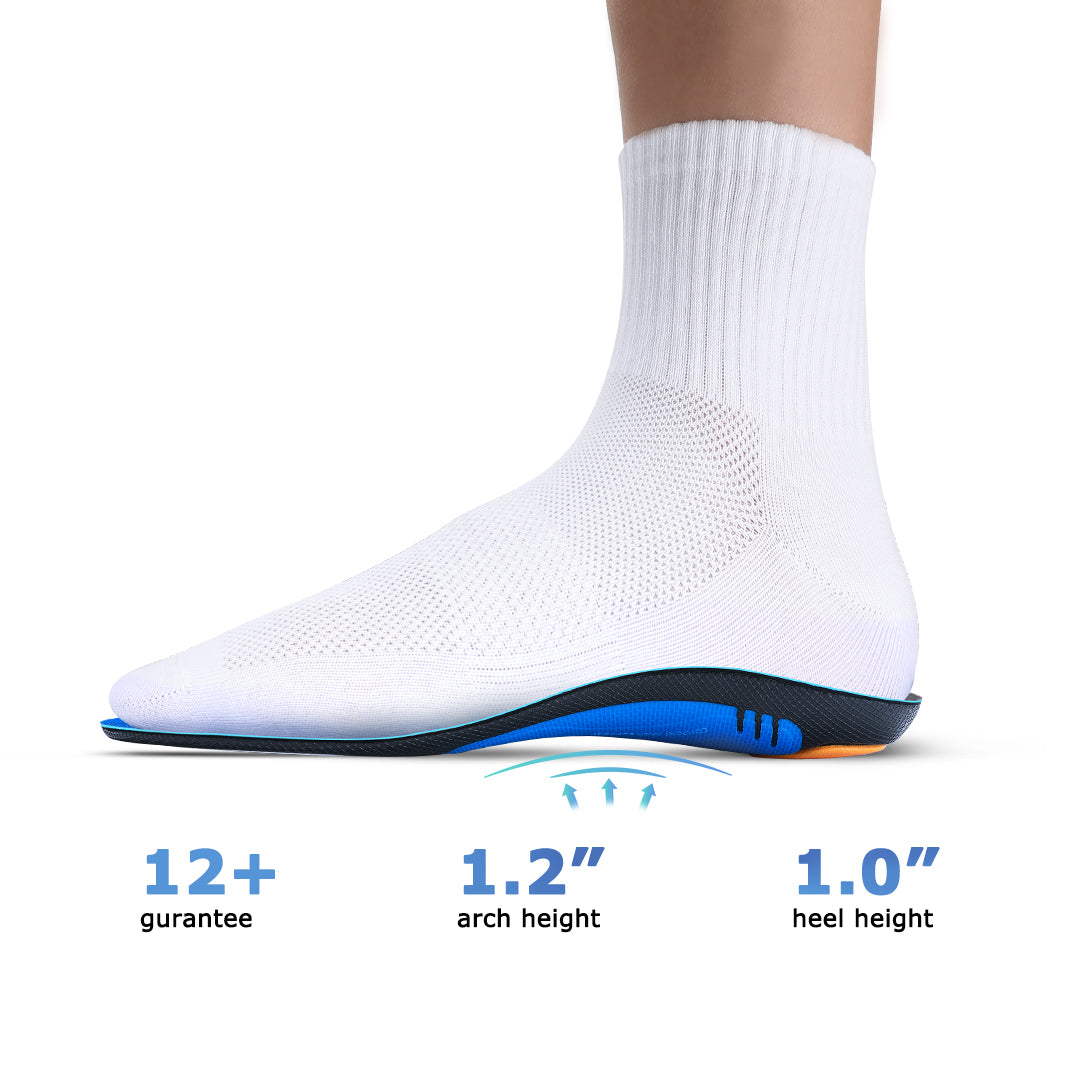
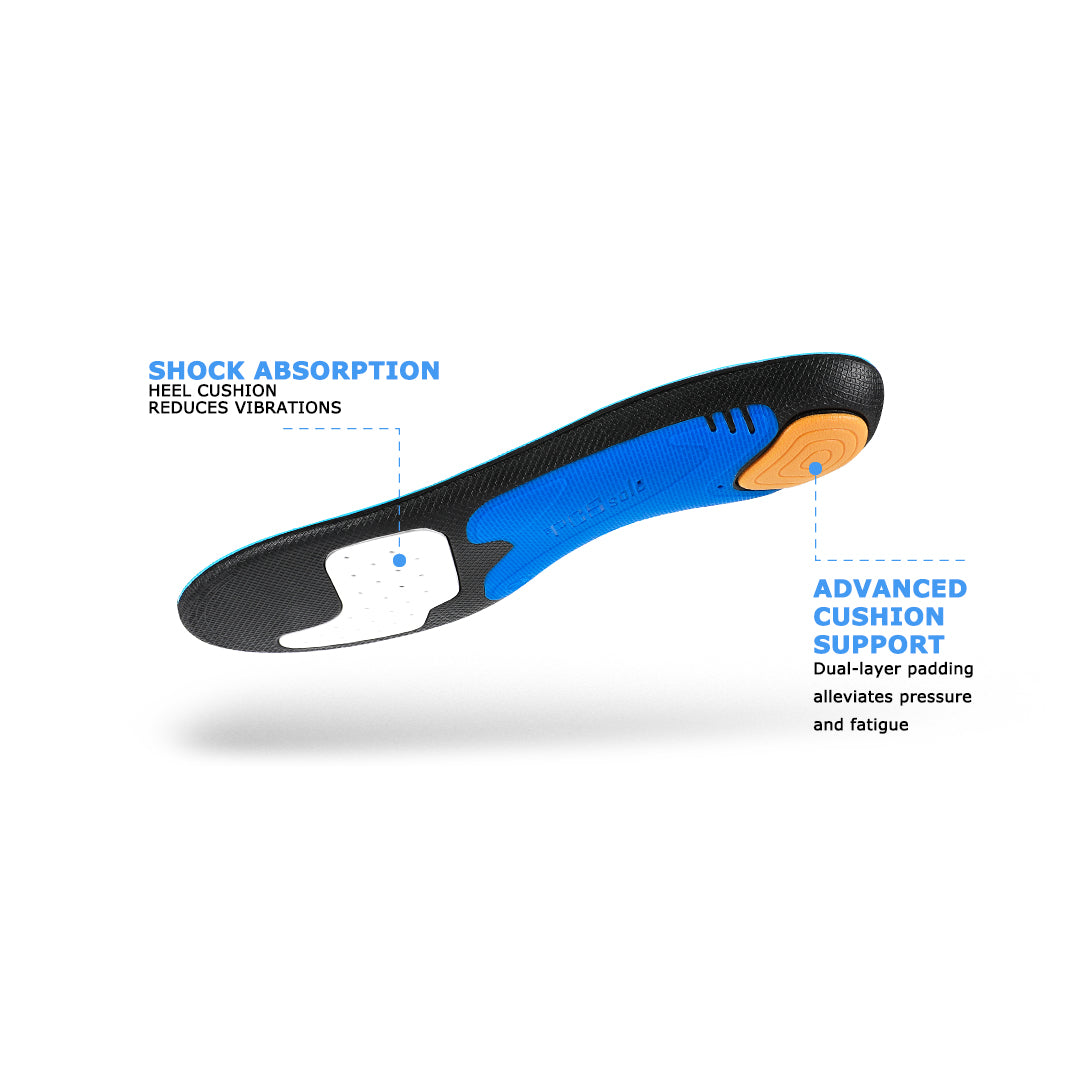
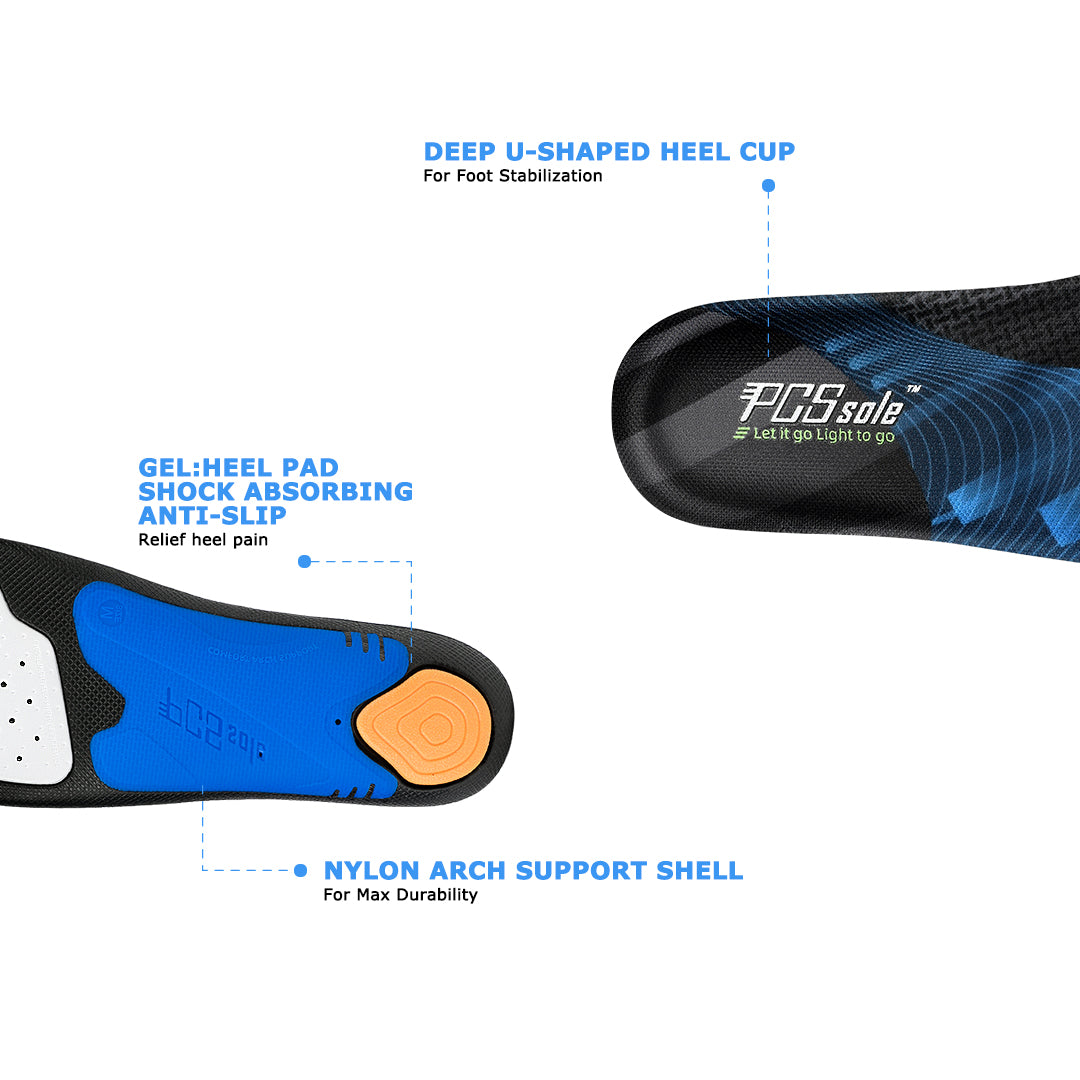
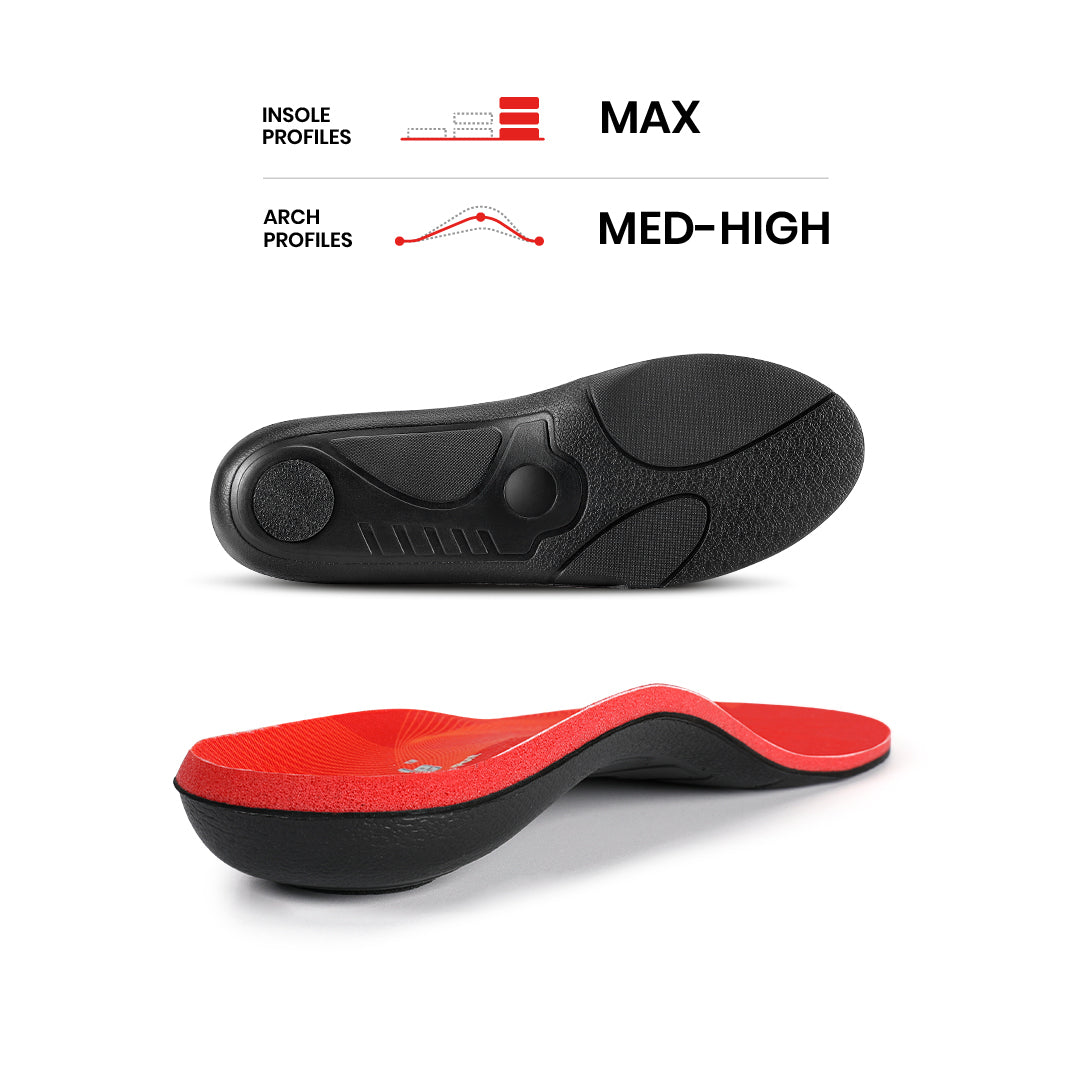
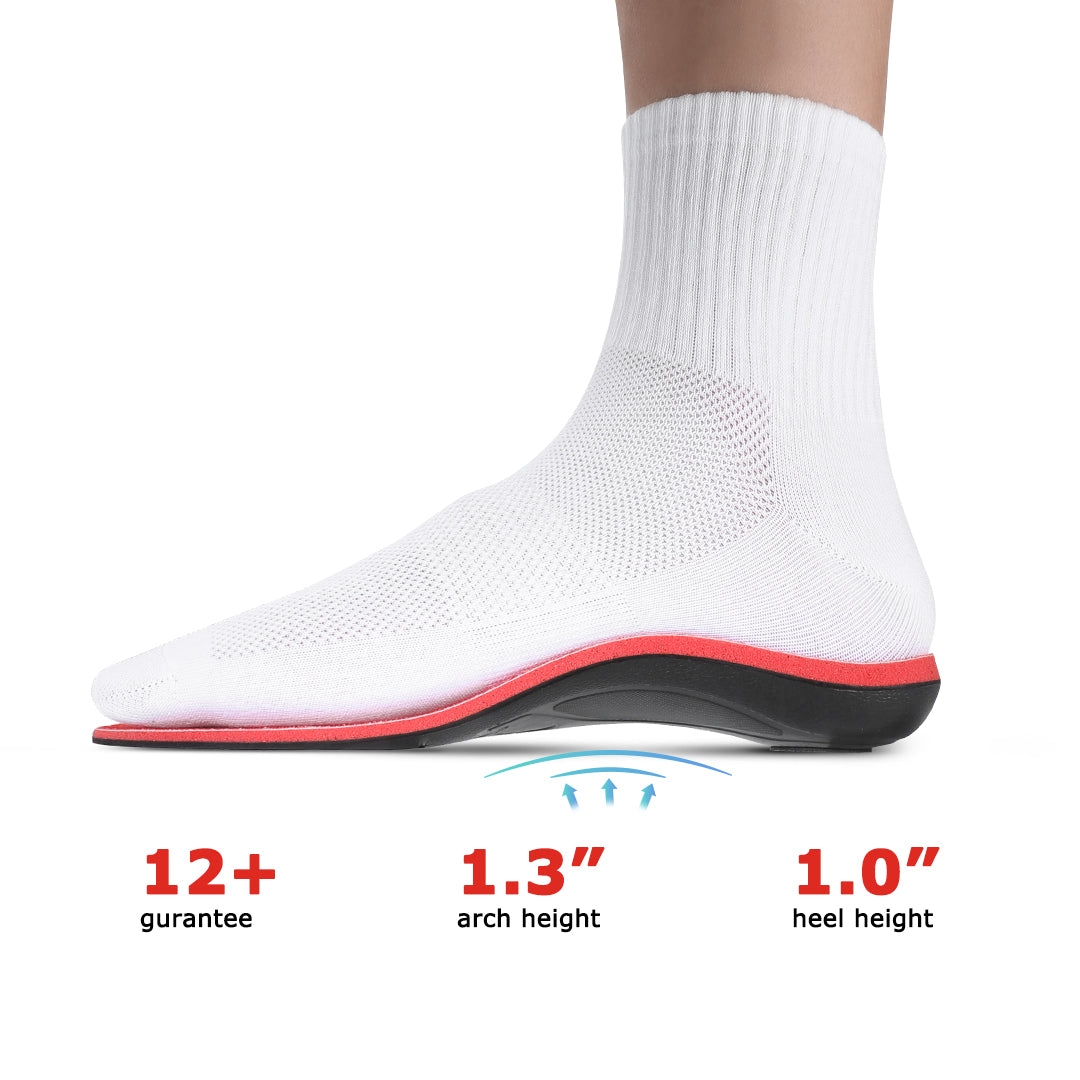
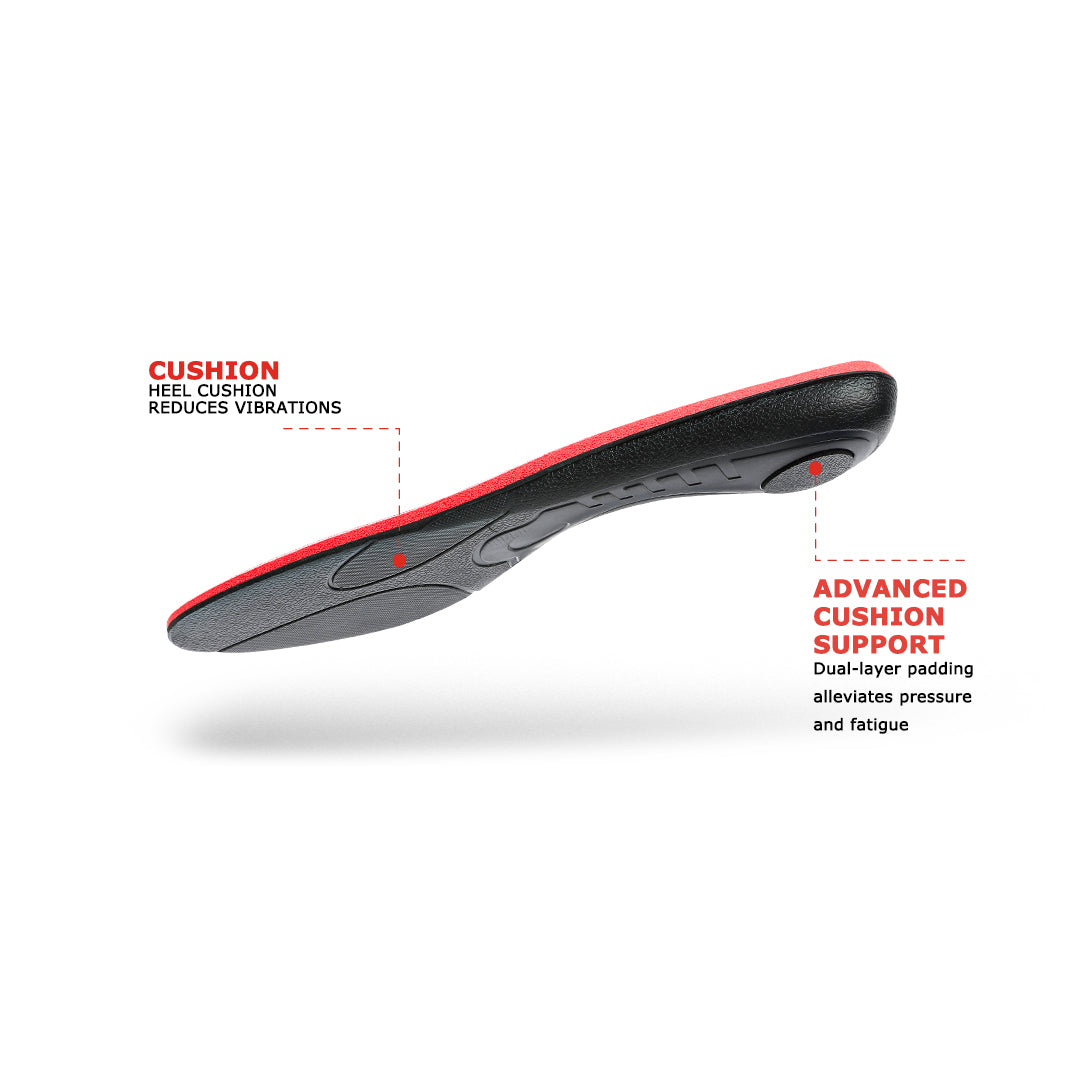
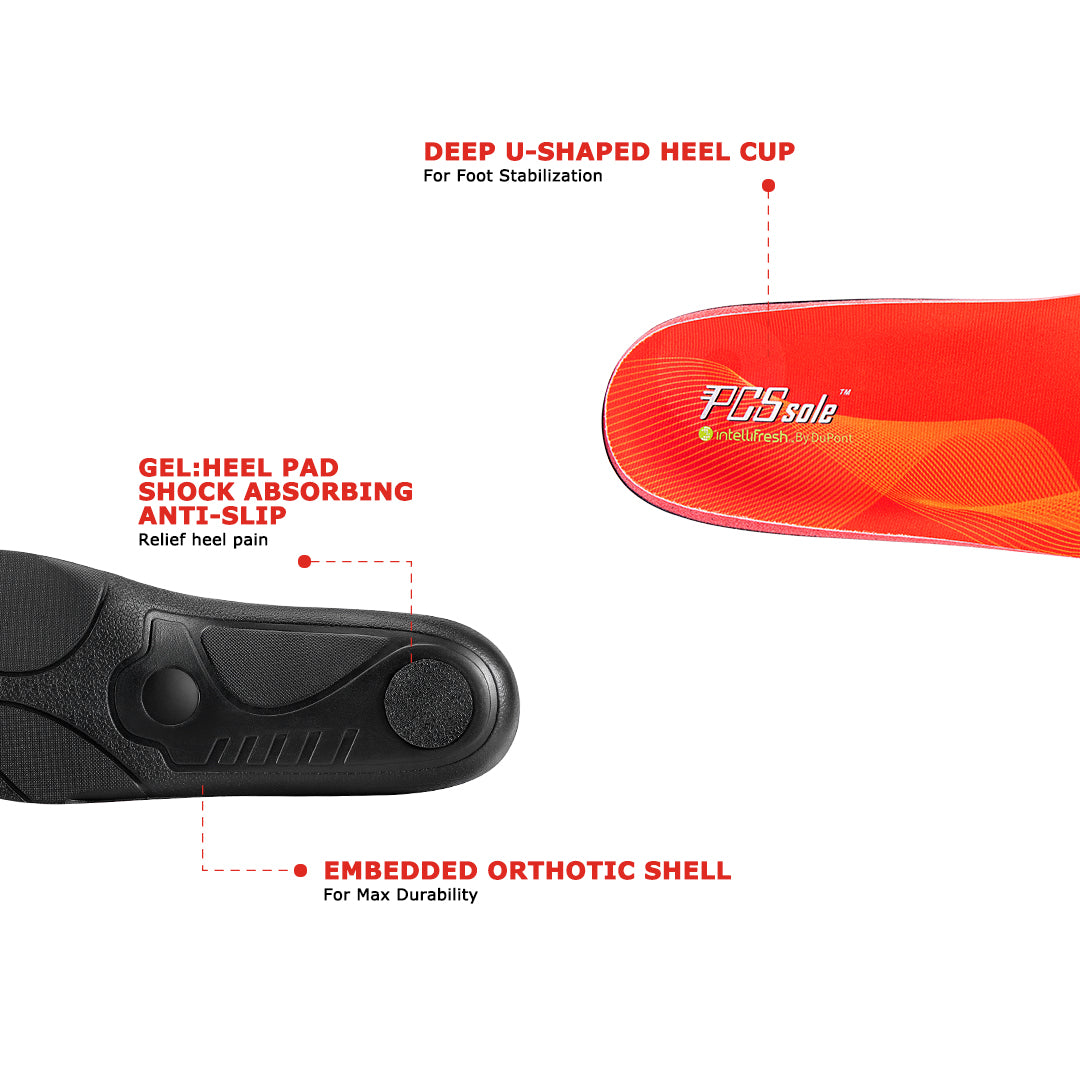
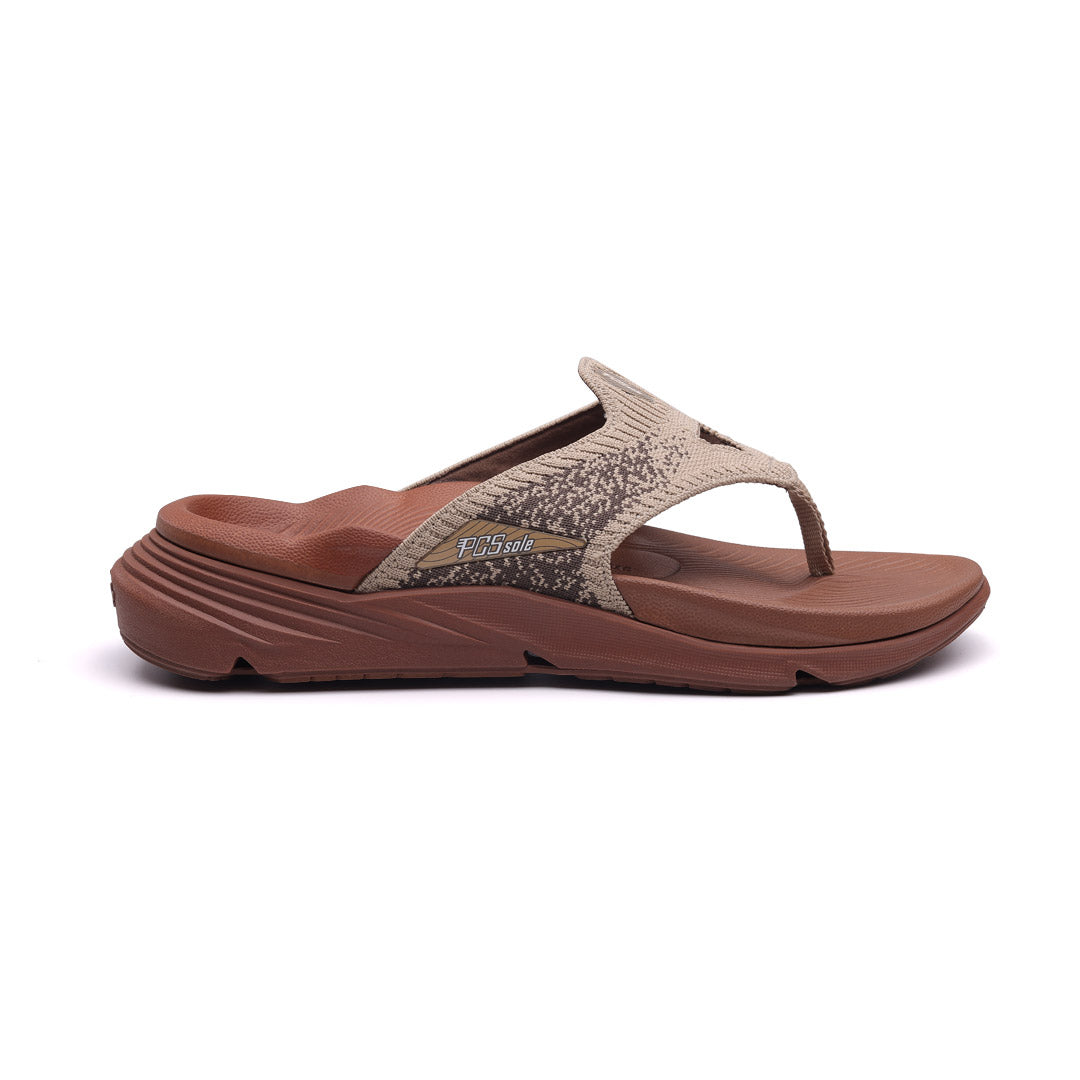
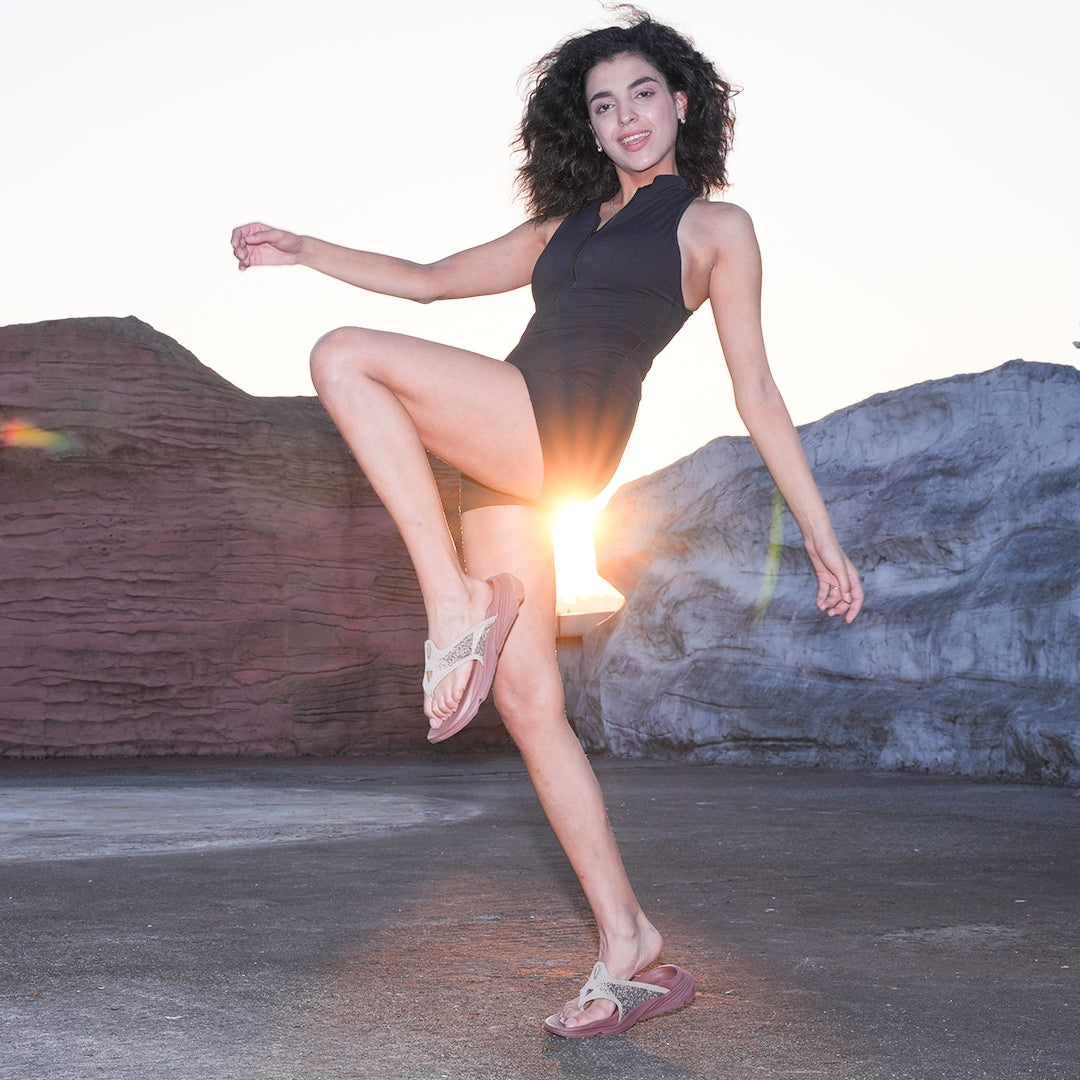

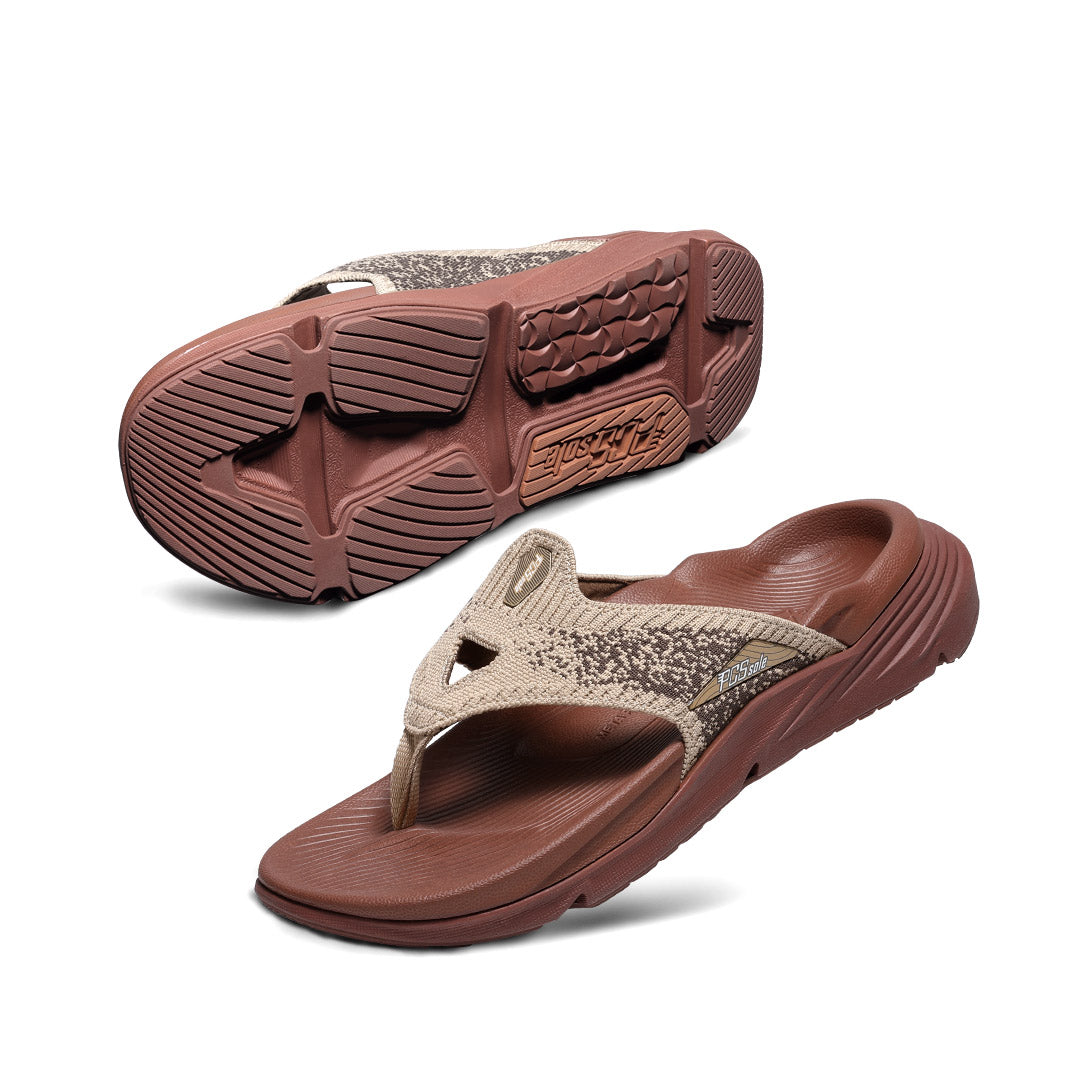
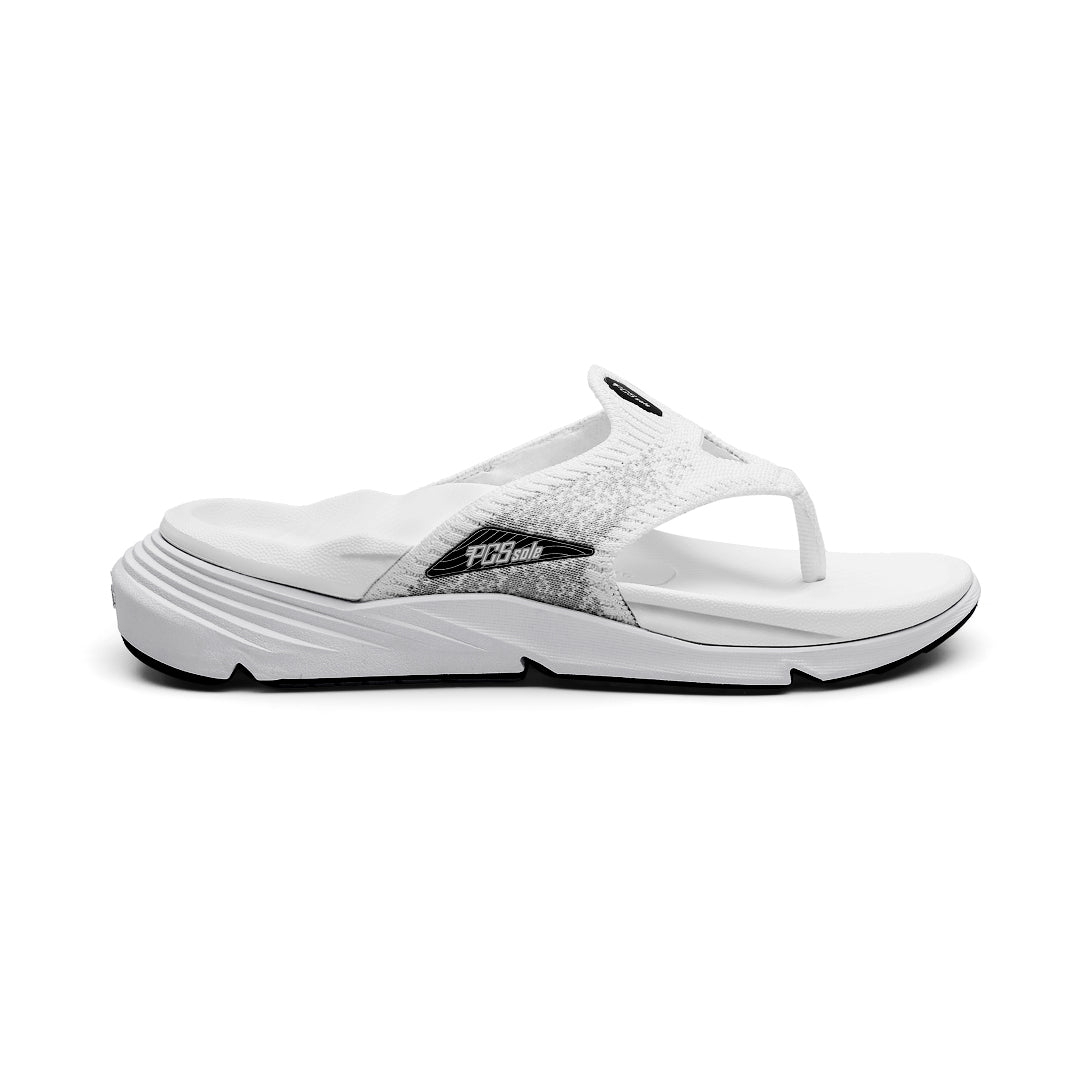

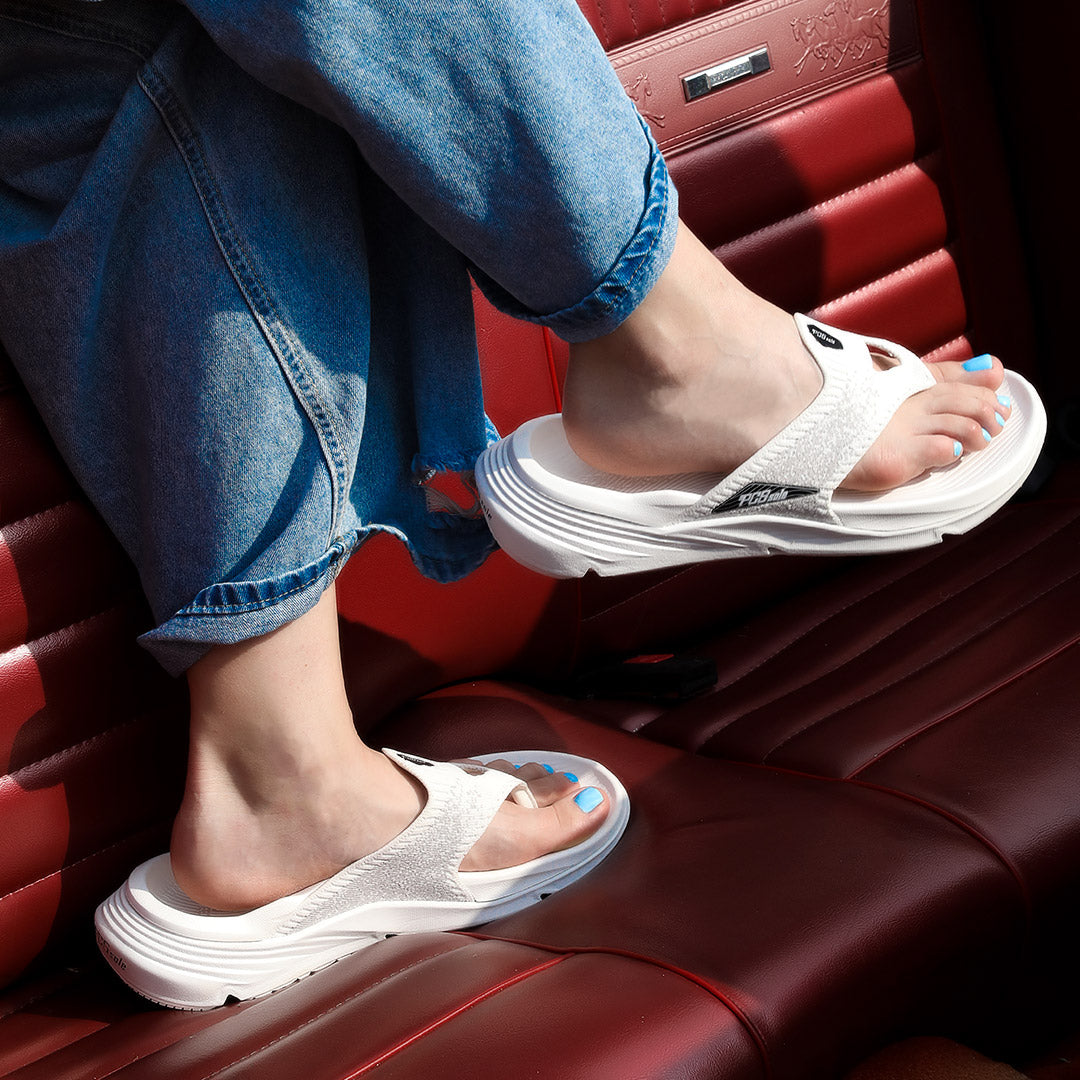
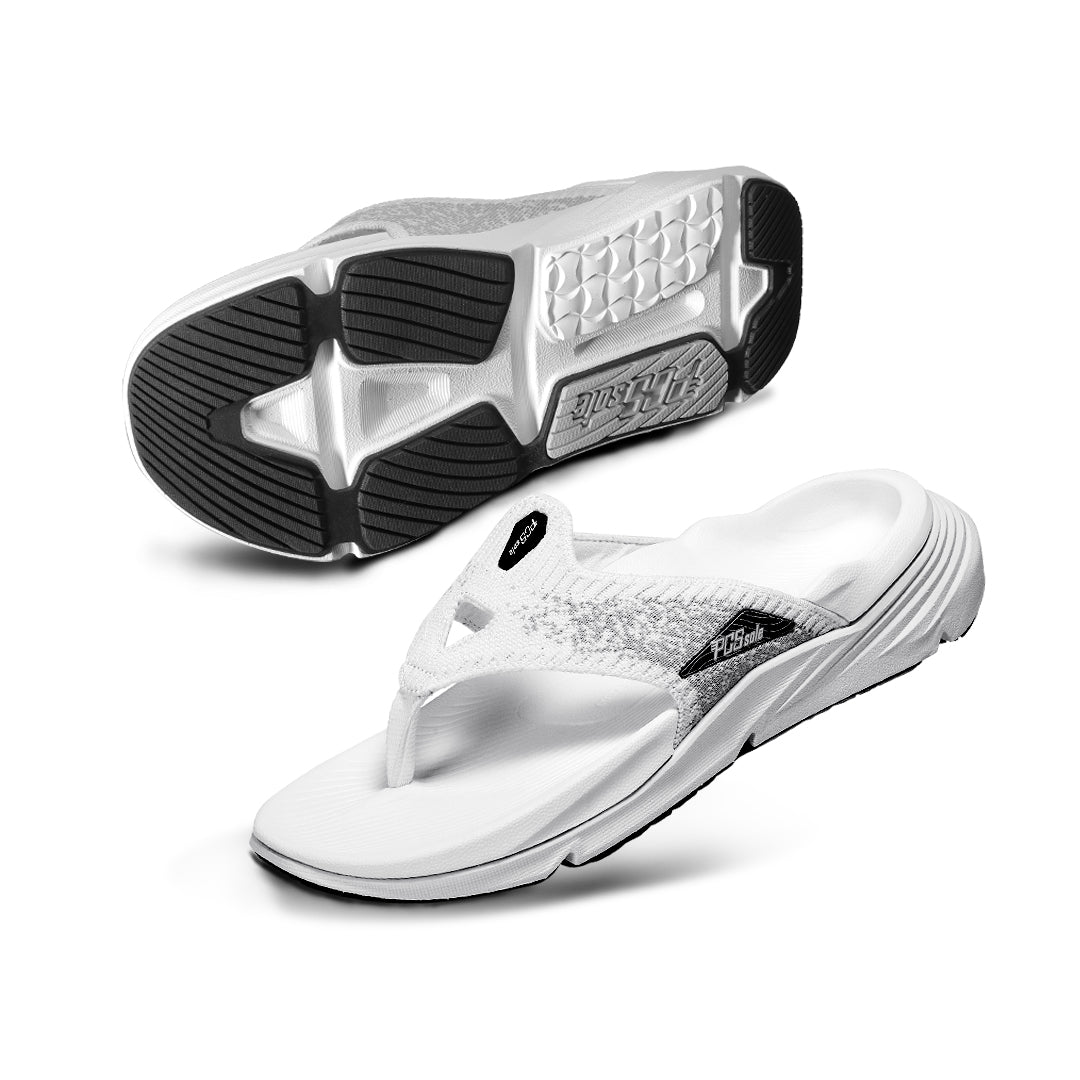
Share:
My Plantar Fasciitis Savior! 30 Seconds, Let Me Work 8 Hours is No Longer a Nightmare
What is the Best Way to Clean and Maintain Shoe Insoles?